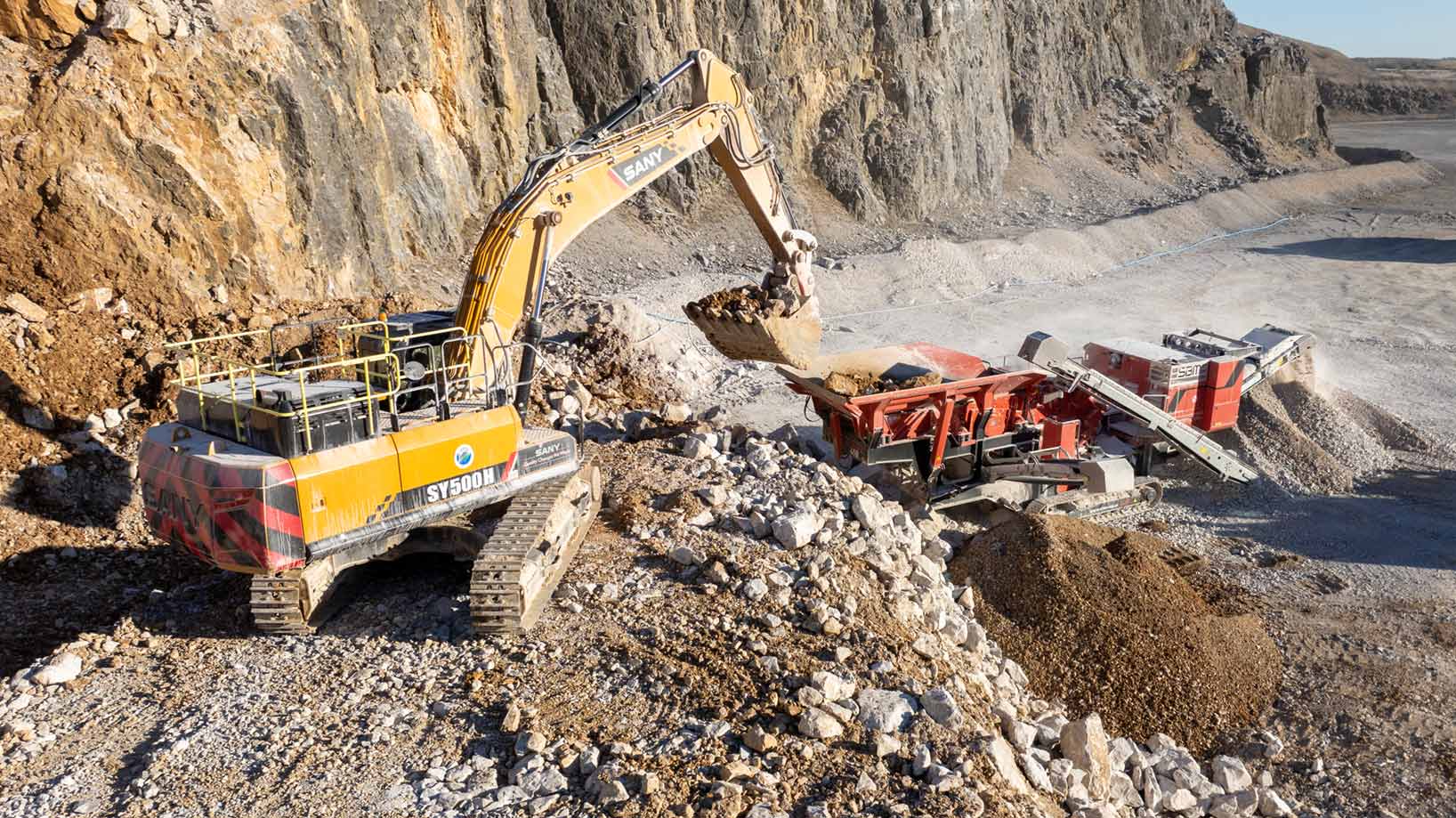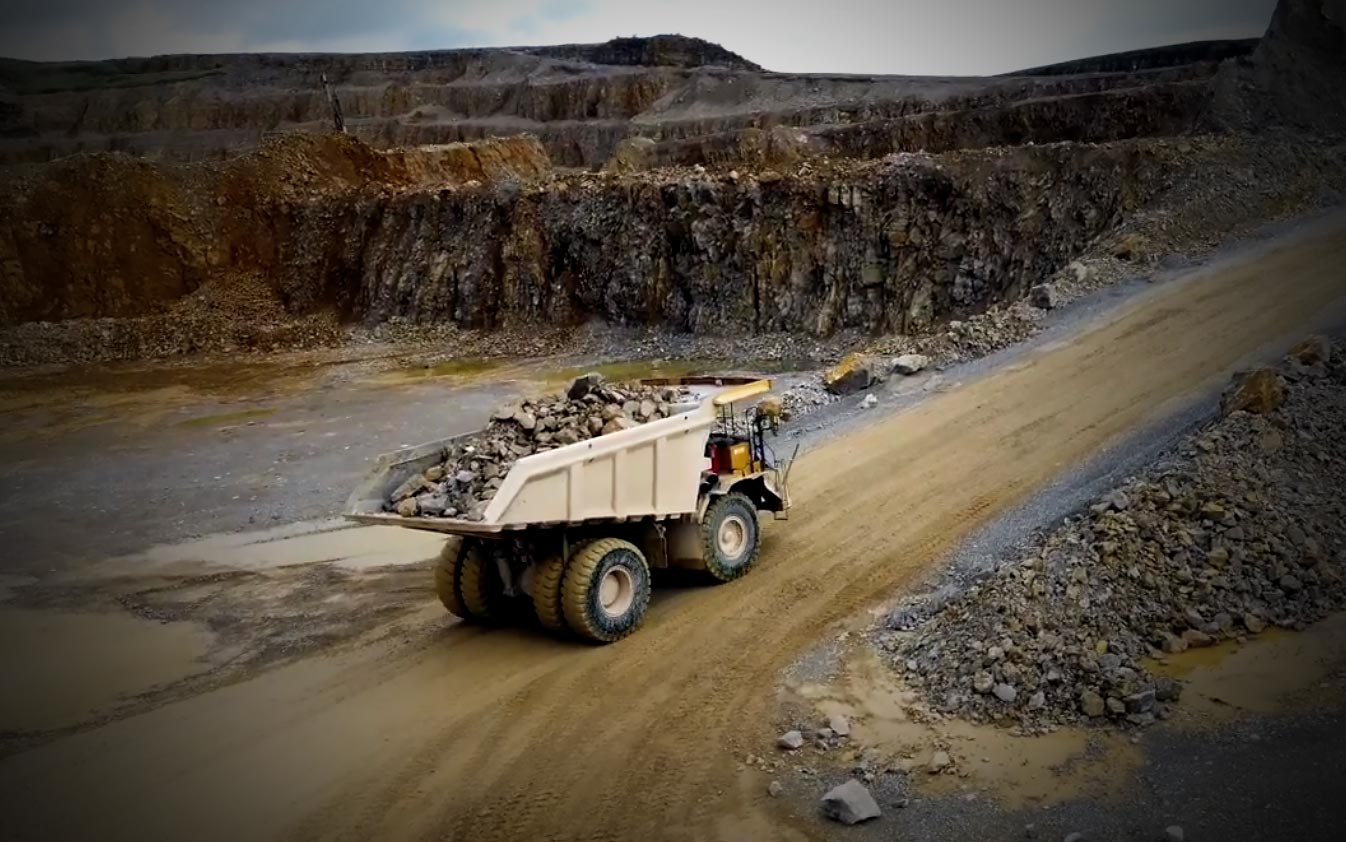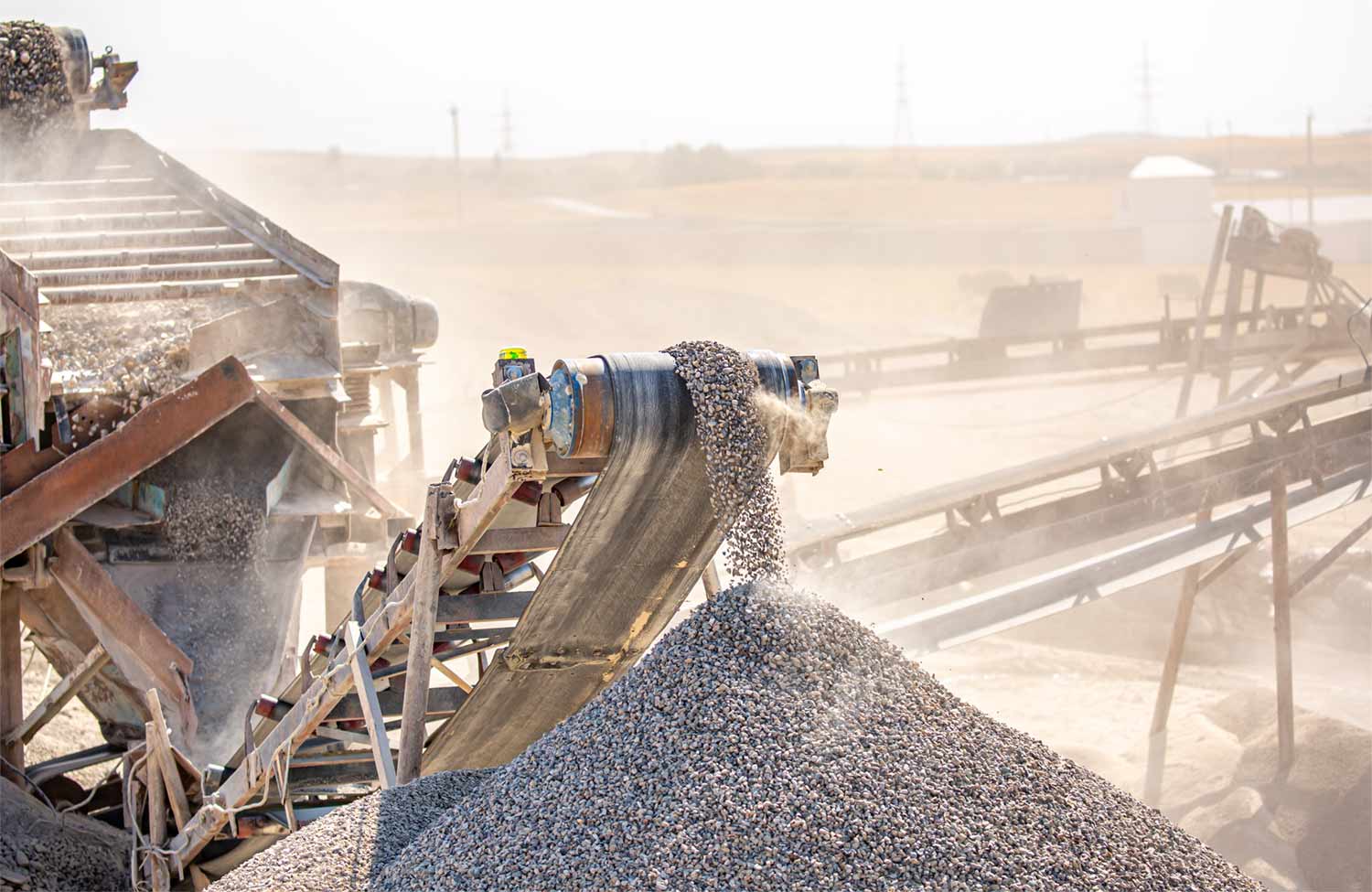Preventive maintenance is the practice of routinely inspecting and proactively servicing your facility’s equipment. This way, you’re able to notice minor issues and fix them before they turn into machine failure – in contrast to acting after. In this comprehensive article, we touch on everything from different types of preventive maintenance to implementing an efficient and future-proof maintenance plan.
Table of contents:
- What is preventive maintenance?
- Why is preventive maintenance important?
- Types of preventative maintenance
- What is planned preventive maintenance (PPM)?
- How to create a preventive maintenance plan
- Preventive maintenance tools
- Benefits of using CheckProof for your preventive maintenance
Manufacturers and maintenance professionals face many challenges, but the overarching goal for every single one is to maximise asset availability and eliminate unplanned downtime. According to Businesswire, over 82% of companies have experienced at least one unplanned downtime occurrence over the last three years. In fact, industrial manufacturers spend an estimated additional $50 billion each year as a consequence.
Therefore, being preventive is vital for optimal maintenance management and the efficiency of your facility’s maintenance work. But what does that mean, exactly?
What is preventive maintenance?
The overall goals of preventive maintenance are to enhance asset lifespan, reduce critical breakdowns and minimize production loss. Traditionally, you’d have to choose between running the machine to failure or replacing potentially healthy parts earlier than necessary to achieve said goals. But both methods are proven to be ineffective, time-consuming, and costly. Running an asset to failure leads to irreparable damage and safety risks, while frequently replacing parts turns into increased replacement costs and more planned downtime.
The definition of preventive maintenance is the practice of routinely inspecting and proactively maintaining your equipment to detect minor issues and fix them before they turn into machine failure. For example, setting a calendar-based schedule to perform maintenance at a certain time of the year or triggers based on parameters such as operating hours or running time. This way, you never run a machine to failure or replace parts before you need to.
Why is preventive maintenance important?
Many facilities still apply the old “if it ain’t broke, don’t fix it” philosophy to their industrial maintenance practice. But this simply doesn’t do the trick anymore. Relying on reactive maintenance puts your whole business at risk. Did you know retroactively fixing broken equipment costs you ten times as much as implementing regular maintenance routines? Preventive maintenance keeps your assets in optimal condition for production, reduces unplanned downtime and minimizes repair costs. Here are the five most beneficial outcomes:
1. Improved asset lifespan
The more operating hours you can get from an asset, the more efficient your production will be. And it goes without saying that an asset in good condition will run longer than one that isn’t. If you fix a piece of equipment only after it breaks down, it’ll experience significant wear and tear. This, in turn, leads to other malfunctions that ultimately impede its longevity and cause premature failure.
By keeping track of your assets’ upkeep history, you can identify trends in erosion and make informed decisions. According to a recent study, 78% of companies that use maintenance data to take appropriate action report an increase in their equipment’s lifespan.
2. Minimized the risk of breakdowns
Most benefits listed here occur primarily because of a lowered risk of breakdowns, making it one of the most valuable outcomes of preventive maintenance. Hence, delaying servicing until machine failure indirectly impacts your facility’s total productivity.
Data tells us that only 10% of industrial equipment wears out from actual use – meaning you can avert 90% of mechanical breakdowns with preventive maintenance. Case closed, right?
3. Increased efficiency
Assets kept in optimal condition will operate at optimal efficiency. The best way to measure a piece of equipment’s efficiency is by using Overall Equipment Effectiveness (OEE) as a KPI for your maintenance management. OEE measures assets in three categories: performance, quality, and availability.
- Availability – Choosing preventive over reactive maintenance leads to less overall downtime and increased availability.
- Performance – Performance is maximized when your asset runs at its designed capacity.
- Quality – The state of your assets is in direct correlation with their quality throughput. An asset in better condition will yield more qualitative products.
4. Decreased unplanned downtime
Maintenance will always be a necessity in heavy industries. Therefore, a certain amount of downtime is unavoidable. You can, however, reduce it by proactively scheduling maintenance in accordance with the needs of your operations. When you act reactively, downtime comes unannounced and might thus be drawn out by waiting for specialized equipment or mechanics.
In other words, it’s best to schedule downtime in line with your needs instead of your equipment scheduling it for you.
5. Elevated health and safety
There is significant risk associated with operating faulty equipment, which means that preventing machine failure is synonymous with preventing accidents. Therefore, working proactively is a fundamental part of your ongoing HSE efforts.
To solidify your preventive maintenance work, you can use a computerized maintenance management system (CMMS) to oversee the assets in your facility through one digital hub. A CMMS will also help you track the state of your equipment and its maintenance data, allowing you to make better and more informed preventive decisions.
Types of preventative maintenance
Many people use preventive, predictive and prescriptive maintenance interchangeably. But while all of them fall under the preventive scope, they differ in execution. We divide the different types into four categories: predictive, usage-based, calendar-based and prescriptive.
Predictive maintenance (PdM)
The concept of predictive maintenance itself is not new. But the advancement in technology and the Internet of Things facilitates a new way of working predictively where sensors, algorithms and data help you anticipate when servicing is due. And when you create routines based on data, you enable your frontline team to carry out maintenance exactly when needed – not too early nor too late. According to the U.S. Department of Energy, predictive maintenance provides savings of up to 40% over reactive maintenance.
To get the most out of modern predictive maintenance, you need to adopt a CMMS system that collects historical data from assets and makes it accessible to employees. Your site managers can review the data to identify upkeep trends and patterns, enabling them to predict when downtime will occur – and schedule maintenance to prevent or minimize it.
| PRO INSIGHT: Curious about how predictive maintenance works in practice? Construction material supplier Swerock wanted to perform their maintenance routines on time, but not too early or more of it than necessary. To achieve this, they implemented automatic monitoring of predefined parameters for vibrations and temperature of their assets to detect maintenance needs in time. They already see a great cost and time-saving potential: “Our employees no longer need to physically go out to each machine and make a subjective assessment of its status. This gives us more time for tasks that require hands-on effort.” |
Prescriptive maintenance (PM)
Prescriptive maintenance (PM) is predictive maintenance – but on steroids. On top of using data to predict downtime and breakdowns, PM leverages machine learning and artificial intelligence software to pinpoint optimally timed maintenance and provide an outcome-focused suggestion based on the asset’s analytics. The software is developed to be able to detect deviations and irregularities in a machine’s behavior. When detected, the system flags the anomaly for maintenance. And over time, it learns more and more about the specific asset – creating better recommendations and more specific maintenance schedules.
Usage-based maintenance (UbM)
Usage-based, or condition-based, maintenance is the practice of employing triggers based on the usage and condition of assets. The method enables you to set up routines and schedules around actual use and predefined parameters, facilitating just-in-time maintenance that reduces costs and prevents asset failure. For example, you can set up triggers that activate after a specific amount of active running time or production or when a sensor detects a value outside a specified range – such as vibration or temperature.
Usage-based maintenance is especially beneficial when you implement a CMMS that automatically creates a task or set of actions for your employees to complete when sensors are triggered.
Time-based maintenance (TbM)
Time-based, or calendar-based, maintenance is the most traditional way of working with maintenance – apart from reactive. The method follows a maintenance schedule set around a period of time or a particular day of the week, month or year. Servicing your conveyor belt every three months is a good example of the practice. Here, time is the trigger.
Many see time-based maintenance as a flawed concept, as there’s little information available to indicate when maintenance is due. Basing maintenance on time results in replacing parts before they need to or risking running a machine to failure or injuring an employee on-site. However, time-based maintenance is still preferred over reactive care and acts as a minimally viable level of maintenance for heavy industries.
What is planned preventive maintenance (PPM)?
Planned Preventative Maintenance is a type of proactive maintenance that simply aims to replace an asset or its components before breakage. The most common types of PPM are usage and time-based maintenance – or any practice revolving around a schedule.
To perform PPM, you schedule tasks ahead of time (as opposed to reactive maintenance) and establish servicing at regular intervals – minimizing premature machine failure.
How to create a preventive maintenance plan
Preventive maintenance sounds like a given, right? But how do you actually implement it? Well, you need a plan of action. A thought-out preventive maintenance program needs to be balanced, protect your company’s assets, reduce upkeep costs and ensure a smooth operation. And this requires planning, scheduling, and coordination across several departments. Whether you’re overhauling an existing program or designing a new one, these tips will come in handy. Follow the subsequent steps to create an effective preventive maintenance plan:
1. Set your goals and priorities
First you need to define your plan’s purpose. What do you hope to accomplish? To save money or prevent accidents? You must design tasks, methods and priorities in accordance with organizational goals. If you want to maximize uptime, you might devise your plan in ways that reduce unplanned downtime and breakdowns. If your organization’s end goal is to eliminate accidents in your workplace, you might focus on increased planned maintenance and HSE tracking.
2. Do an inventory of assets and determine their hierarchy
What assets are most critical to your operation? The second step of your preventive maintenance plan is to take stock of all your assets and map out their hierarchy (the relationship between essential and non-essential units).
Your team must first determine the total cost of ownership for each asset and the impact on safety should a component break down. Secondly, divide equipment into families and establish parent-child (mindmap) relationships between them. When creating an asset hierarchy, you should include information such as location, type of equipment (e.g. hot water boiler), and the parts that make up the asset.
Example:
- Location: Building 8
- Equipment Family: Hot Water Boilers
- Asset: Hot water boiler #1
- Brand/Manufacturer: Boilers Manufacturers, Ltd.
- OEM recommendation: general maintenance one month before the cold season. A general inspection is recommended every three months at the time of most significant use.
- Last inspection: May 2020
- Legal requirements: n/a
3. Determine job plan
Job plans are lists that contain the scope of work and the tools needed to do the job and should be part of every preventive maintenance plan. They help organize employees and keep them efficient and accountable. Planning and scheduling are the most vital parts of preventive maintenance – for every hour you spend planning, you save three hours you would otherwise have spent executing the task.
Your job plans should therefore include:
- A step-by-step instruction on how to complete the task
- A list that specifies what tools are required
- A list that specifies what skills are required
- A list of materials and parts
- Visuals (e.g. photographs or diagrams)
- Operating procedures for the task at hand
- Safety instructions for the task at hand
4. Schedule for the long-term
Create a yearly maintenance schedule for each asset based on the data you collected from your hierarchy sessions and mapping, maintenance history, and OEM recommendations. Divide the yearly schedule into daily, weekly, monthly and quarterly tasks. A CMMS will help you automate processes and keep track of your schedules.
You want to include as many critical assets as possible in your long-term schedule. This ensures minimal error and that the main components of your organization are always covered.
5. Schedule for the short-term
You’ve now established your long-term schedule, which includes the most vital maintenance work throughout the year. Now you can start planning for the foreseeable future, such as weekly tasks. To ensure thoroughness, layer your short-term maintenance schedules with your long-term ones.
Tips for a short-term schedule:
- Prerequisites: How many people are needed to complete a job plan? How many person-hours does it require? And how long will it take (full day, three days, etc.)?
- Scheduling success factors: Measure the performance of job plans by analyzing the scheduling process. Are tasks completed on time? Are your tasks contributing to your end goals? Always strive for continuous improvement by reviewing and improving your scheduling over time.
6. Train your employees
Having a great preventative maintenance plan in place means nothing if your employees can’t or won’t follow it. Hence, ensure that each employee knows how to perform their tasks and follow their maintenance schedules, and understands why preventive maintenance as a whole is essential.
In addition to performing tasks correctly, you prevent wasting time on trial and error, accidents that come from ignorance, as well as wear and tear due to improper handling of equipment.
Preventive maintenance tools
To be able to utilize preventive maintenance to the fullest, you need modern technology – primarily analytical and integrative software. This type of software will help you automate processes and enable the collection of real-time data, and establish traceability of and communication between assets.
A computerized maintenance management system, or a CMMS, is the most common tool for preventive maintenance. Essentially, a CMMS keeps a detailed and centralized record of all maintenance activities for each asset in your facility and allows you to e.g. manage and automate tasks, checklists, reporting, processes and documentation.
With a CMMS, you can:
- Control your maintenance calendar by automatically creating tasks based on triggers and parameters such as usage or time. You can also program it to produce detailed instructions and how-to documents required to execute tasks correctly.
- Monitor multiple assets and facilities from anywhere through a centralized platform. It also enables you to monitor real-time information about your assets, such as temperature, fuel usage and quality output.
- Track and analyze maintenance data over time to continuously improve and optimize your routines. The data gives you actionable insights into when the optimal time for maintenance for a specific asset is.
- Connect your frontline teams with a system that allows them to access routines, documentation, checklists and reporting on-site.
- Integrate existing systems and stream their data directly into your CMMS – giving you full control over several systems through one platform.
Benefits of using CheckProof for your preventive maintenance
CheckProof is a mobile-first CMMS that aims to digitally connect your frontline team to actionable Business Intelligence and integrate your existing systems into one platform. We help companies of all sizes in heavy industries establish, manage and empower their preventive maintenance routines. This leads to reduced operating costs and maximized availability of assets. What sets CheckProof apart from the competition is our dedication to providing the best possible service and experience to our clients.
With CheckProof, you can:
- Create customizable checklists for your maintenance routines.
- Connect your machines and existing systems to one platform and gain control of your preventive maintenance work. This also allows you to stream assets’ real-time telematics data straight into CheckProof.
- Use the data from your assets to define usage and value parameters, and set relevant triggers that automatically flag deviations, create tasks and notify you when maintenance is due (and with checklists on how to perform it).
- Identify upkeep patterns and trends of assets by reviewing historical maintenance data to predict exactly when maintenance is due.
- Keep your assets in optimal condition – increasing their lifespan and improving your facility’s productivity by conducting maintenance at the optimal time for each piece of equipment.
- Make digital maintenance routines, documentation and reporting accessible from mobile devices.
- Minimize human error and boost efficiency by automating maintenance processes and workflows.
- Set up and keep track of long and short–term maintenance schedules and job plans for your preventive maintenance program. The app can accommodate any maintenance documentation and allows you to automate tasks and processes in your schedules.
Want to know what CheckProof can do for you?
CheckProof's easy-to-use app makes it easier to do the right thing at the right time. Discover how you can run world-class maintenance that is both cost-effective and sustainable.

Revolutionizing Compliance: Banner Contracts on managing ISO audits with CheckProof

Implementation of Digital Systems: Rolling Out CheckProof Across Teams

From Fuel Savings to Production Gains: Cemex Germany’s Wins with CheckProof

A Recap of the CheckProof Industry Event & 10th Anniversary Celebration

Trend Report: Key moments in the Construction Materials industry (2014–2024)

Meet Marcus Edlund, CheckProof’s First Employee and Tech Trailblazer

10 Key Technology Advancements in the Construction Materials Industries

SBMI’s Climate Roadmap for a Fossil-Free Aggregate Industry by 2045

HSEQ trends in the Construction Materials and Heavy Industry







